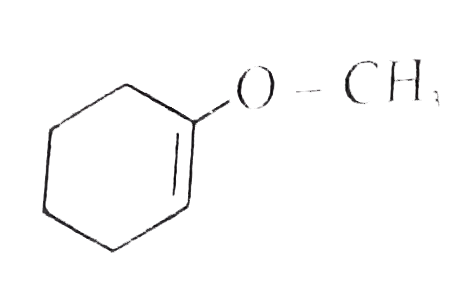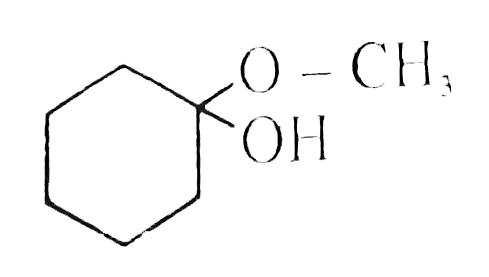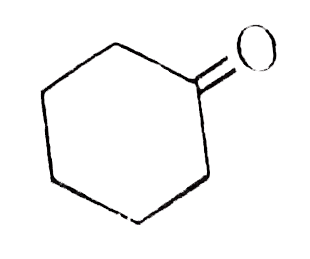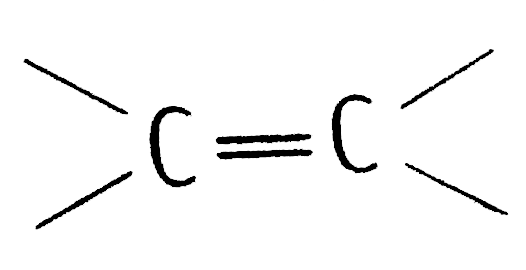Alkenes undergo electrophilic addition reactions. Electrophilic addition to unsymmetrical alkenes involve the formation of a more stable carbocation intermediate in the first step which is rate determining and carbocation is then attacked by a nuclephile to form product
 +H2OH2SO4−−−→ Product
+H2OH2SO4−−−→ Product
The major product is 
The major product is 
Major product give +ve Tollen's test
Major product give +ve iodoform test
The correct Answer is:B
Step by step video & image solution for Alkenes undergo electrophilic addition reactions. Electrophilic addition to unsymmetrical alkenes involve the formation of a more stable carbocation intermediate in the first step which is rate determining and carbocation is then attacked by a nuclephile to form product +H_(2)O overset(H_(2)SO_(4))rarr Product by Chemistry experts to help you in doubts & scoring excellent marks in Class 12 exams.
Similar Questions
Alkenes undergo electrophilic addition reactions. Electrophilic addition to unsymmetrical alkenes involve the formation of a more stable carbocation intermediate in the first step which is rate determining and carbocation is then attacked by a nuclephile to form product
HO−CH2−CH2−CH2−CH=CH2I2−−−−−→NaHCO3 major product formed isView SolutionAlkenes undergo electrophilic addition reactions. Electrophilic addition to unsymmetrical alkenes involve the formation of a more stable carbocation intermediate in the first step which is rate determining and carbocation is then attacked by a nuclephile to form product
Which one of the following alkene reacts most readily with HCI?View Solution
Knowledge Check
- Question 1 - Select One
Electrophilic addition reactions proceed in two steps. The first step involves the addition of an electrophile. Name the type of intermediate formed in the first step of the following addition reaction.
H3C−HC=CH2+H+→?A2∘ carbanionB1∘ carbocationC2∘ carbocationD1∘ carbanion - Question 2 - Select One
Which of the species shown below is the most stable form of the intermediate in the electrophilic addition ofCl2 in water to cyclohexene to form a halohydrin ?
A B
B C
C D
D
The major product (A) formed in the reaction-
_S01_367_Q01.png) H2SO4−−−→A
H2SO4−−−→A
is:View SolutionComplete the following reactions :
C2H4+H2OH2SO4−−−→View SolutionElectrophilic additions reactions proceed in two steps. The first step involves the additions of an electrophile. Name the type of intermediate formed in the first step of the following addition reaction H3C−HC=CH2+H+→?
View SolutionDehydration of alcohol into alkene by concentration H2SO4 involves which among the following reaction intermediate ?
View SolutionThe additions of HCl to an alkene proceeds in two steps. The first step is the attack of H+ ion to
 portion which can be shown as View Solution
portion which can be shown as View SolutionAddition of HCl to an alkene proceeds in two steps. The first step is the attack of H+ ion to
 portion which can be shown asView Solution
portion which can be shown asView Solution
